Our offices are open 8am-5pm December 23,27,30,31. Offices are closed December 24,25,26 and January 1st.

-
Products
Door Closers
Door Closers
View all
Access ControlElectric LockingDoor HandlesDoor Handles
View all
Door HardwareDoor Hardware
View all
Door Locks & SecurityDoor Locks & Security
View all
Panic Door HardwarePanic Door Hardware
View all
Fire Door IronmongeryFire Door Ironmongery
View all
-
Brands
Brands we Trust
View all
- Abloy
- Abus
- Access 2
- ACT
- Adams Rite
- Alarm Lock
- Alpro
- ARRONE
- Arrow
- Asec Security
- Assa Abloy UK
- Axim
- BEA Europe
- Borg Locks
- Briton
- Carlisle Brass
- CDVI
- Chubbsafes
- Codelocks
- CQR | Securefast
- Door Controls Direct
- Dorgard
- Dorma
- ERA
- Eurospec
- Exidor
- Fire 60 UK
- Firestop Manufacturing Ltd
- Geofire
- GEZE
- Gretsch-Unitas GmbH
- Heritage Brass
- HOPPE
- Iseo
- Jackloc
- Kaba
- Lorient
- Mila
- Paxton
- Raven | Door and Window Sealing Systems
- RGL
- Royde & Tucker
- Rutland UK
- Samuel Heath
- Scrigno
- Simonswerk
- Strand
- Supra UK
- Trimec
- Union
- Vanderbilt
- Vanquish Hardware Protection
- Yale
- Zoo
-
Products
- Products
-
Door Closers
- Access Control
- Electric Locking
-
Door Handles
- Door Handles
- Door Lever Handles on Rose
- Door Lever Handles on Backplate
- UPVC Door Handles
- Victorian Door Handles
- Contemporary Door Handles
- Internal Door Handles
- External Door Handles
- Front Door Handles
- Bathroom Door Handles
- Fire Door Handles
- Bedroom Door Handles
- Door Handles with Lock
- Escutcheons & Cylinder Pulls
- Bathroom Turns & Indicator Bolts
- Door Pull Handles
- Screw On Door Handles
- Bolt Through Door Handles
- Aluminium Door Handles
- Black Door Handles
- Brass Door Handles
- Polished Chrome Door Handles
- Satin Chrome Door Handles
- Stainless Steel Door Handles
-
Door Hardware
- Door Hardware
- Escutcheons & Cylinder Pulls
- Bathroom Turns & Indicator Bolts
- Door Pull Handles
- Front Door Furniture
- Door Kick Plates
- Door Finger Plates
- Surface & Flush Door Bolts
- Door Hinges
- Window Hinges
- Cupboard Hinges
- Door Finger Guards
- Pocket Door Gear Systems
- Door Accessories
- Door Signs and House Numbers
- Door Stops - Wall & Floor
- General Hardware
-
Door Locks & Security
- Panic Door Hardware
-
Fire Door Ironmongery
-
Brands
- Brands
- Abloy
- Abus
- Access 2
- ACT
- Adams Rite
- Alarm Lock
- Alpro
- ARRONE
- Arrow
- Asec Security
- Assa Abloy UK
- Axim
- BEA Europe
- Borg Locks
- Briton
- Carlisle Brass
- CDVI
- Chubbsafes
- Codelocks
- CQR | Securefast
- Door Controls Direct
- Dorgard
- Dorma
- ERA
- Eurospec
- Exidor
- Fire 60 UK
- Firestop Manufacturing Ltd
- Geofire
- GEZE
- Gretsch-Unitas GmbH
- Heritage Brass
- HOPPE
- Iseo
- Jackloc
- Kaba
- Lorient
- Mila
- Paxton
- Raven | Door and Window Sealing Systems
- RGL
- Royde & Tucker
- Rutland UK
- Samuel Heath
- Scrigno
- Simonswerk
- Strand
- Supra UK
- Trimec
- Union
- Vanderbilt
- Vanquish Hardware Protection
- Yale
- Zoo
-
My Account
-
Basket
-
Contact



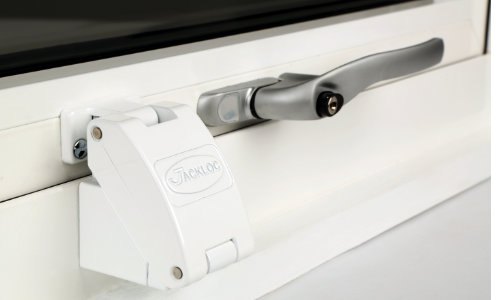

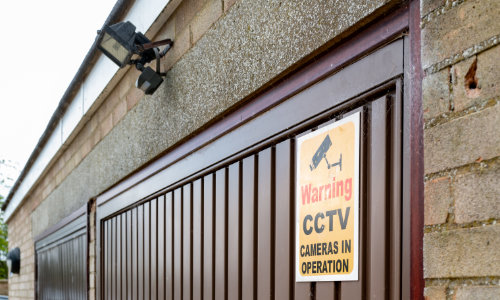

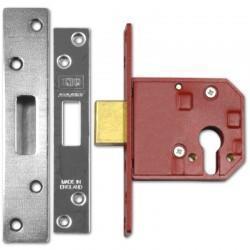

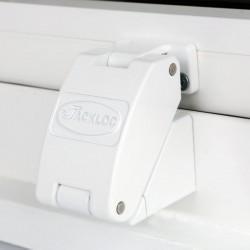
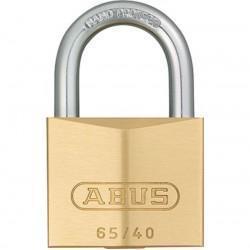
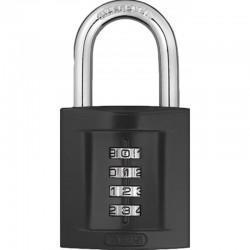




Comments